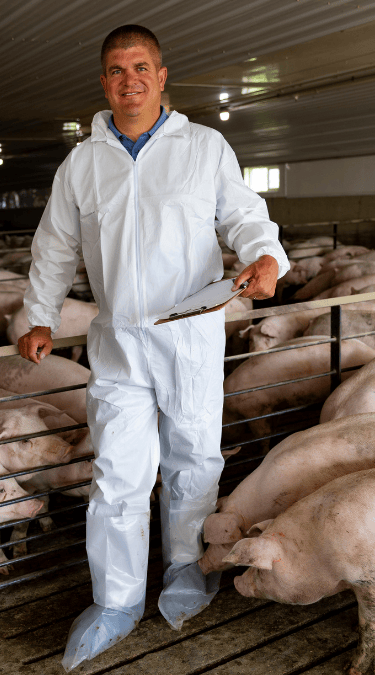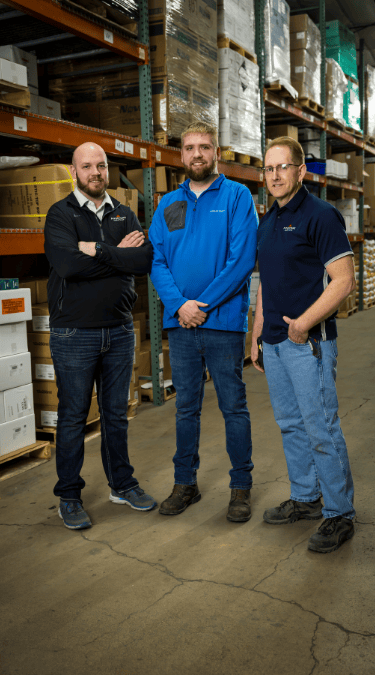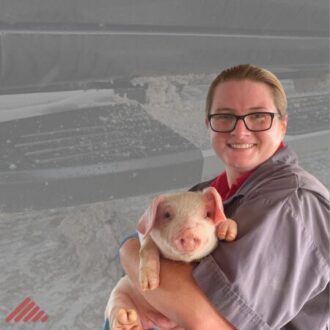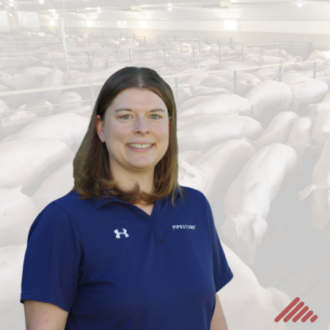I like to give my dad a hard time that all he had to do was farm the ground and feed the livestock to make a sustainable profit. I say this jokingly, but he recognizes that there is some truth in that statement. He sees the farm faced with more and more business decisions every day. Due to the progression of technology and practices, and many other advancements, the profit margins in farming seem to get narrower and narrower every year. Along with these advancements, the volatility in commodity prices over the past 5 years has made it increasingly difficult to maintain a sustainable profit in livestock production. While volatility brings a lot of risk, it can also bring opportunity.
Below are four steps to help take advantage of those opportunities when they do arise.
1) Understand Your Cost of Production
To calculate a projected profit in the future, you need to estimate your cost of production. Your historical cost of production for fixed costs and being able to integrate variable expenses, like feed, will give you your estimated cost of production.
2) Study the Seasonal Trends of Commodity Prices
There are resources available to help you understand that commodity prices often follow seasonal trends. These seasonal trends should be considered when placing trades.
3) Consult with an Advisor
Consult with a trusted broker or advisor and work with them to develop a disciplined and strategic risk management plan that fits your business.
4) Find the Tools Necessary to Execute the Plan
For livestock producers, a tool that is commonly used is a crush model.
A crush model is a tool that helps to predict profitability for the upcoming months using Chicago Mercantile Exchange (CME) prices that are changing every day. You can access versions of a crush model online, but most are not tailored to your specific business and cost structure. Through PIPESTONE’s FarmBooks service offering, we have been able to build a crush model that does just this.
Our FarmBooks crush model includes:
- Feed Cost & Revenue – Integrates the previous day’s close CME prices to calculate estimated values.
- Non-Feed Expenses – Pulls in your actual production expenses based on historical performance for your specific business.
- User Edited Fields – Allows you to adjust diets or fixed costs that you know will be changing.
- Profitability by Month – The above bullet points help to predict profitability by month for your livestock business, giving you the information needed to make those daily risk management decisions.
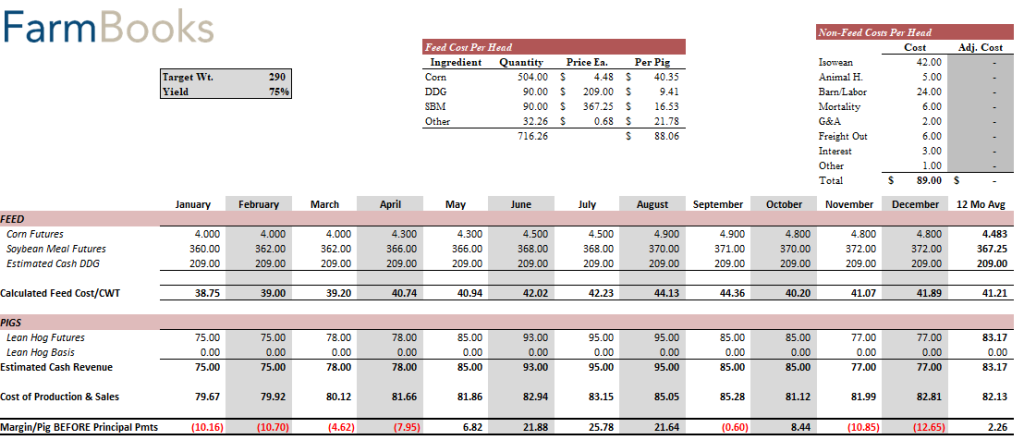
Managing risk is important to your business, especially for the next generation who do not have as much to lose. Make sure you have the tools and information available to take advantage of the profitable opportunities that arise. The next generation might be relying on it.
Click here to learn more about FarmBooks and how to utilize it in your operation.
